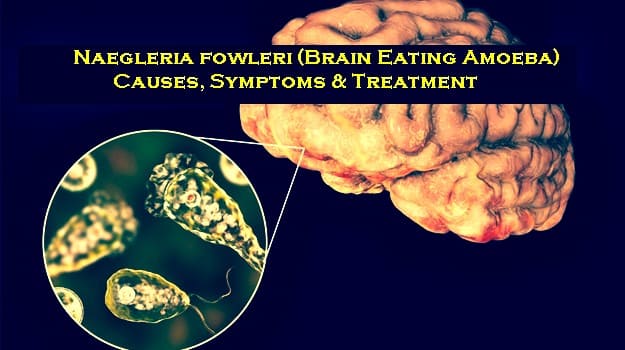Free Courses Sale ends Soon, Get It Now


Free Courses Sale ends Soon, Get It Now



Disclaimer: Copyright infringement not intended.
Context
What is Naegleria fowleri?
How does it infect humans?
What are the symptoms of PAM?
What is the treatment for the infection?
Can climate change increase the spread of the infection?
© 2024 iasgyan. All right reserved